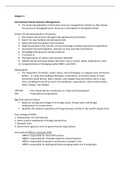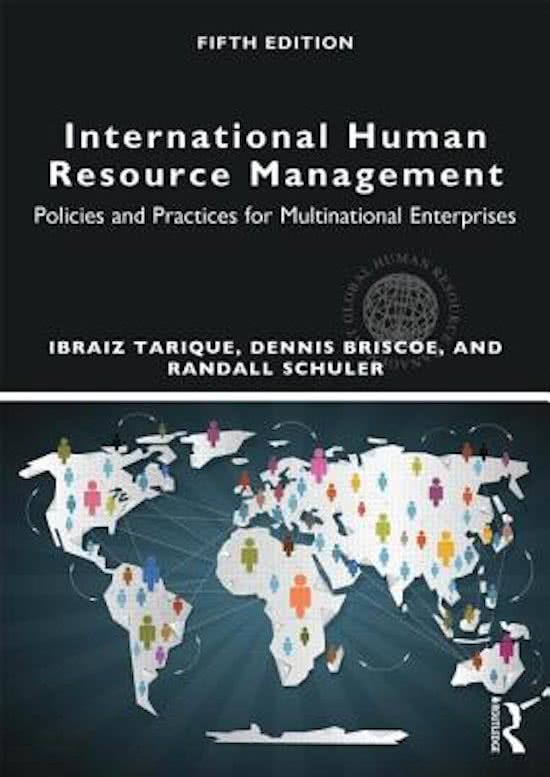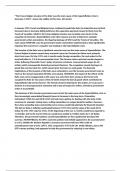Samenvatting
Samenvatting International Human Resource Management: Policies and Practices for Multinational Enterprises, ISBN: 9780415710534 Human Resource Management
- Instelling
- Hanzehogeschool Groningen (Hanze)
Summary of key subjects ISBN: 0534 Human Resource Management Chapter 1 to 3, 8 to 11 & 15
[Meer zien]






